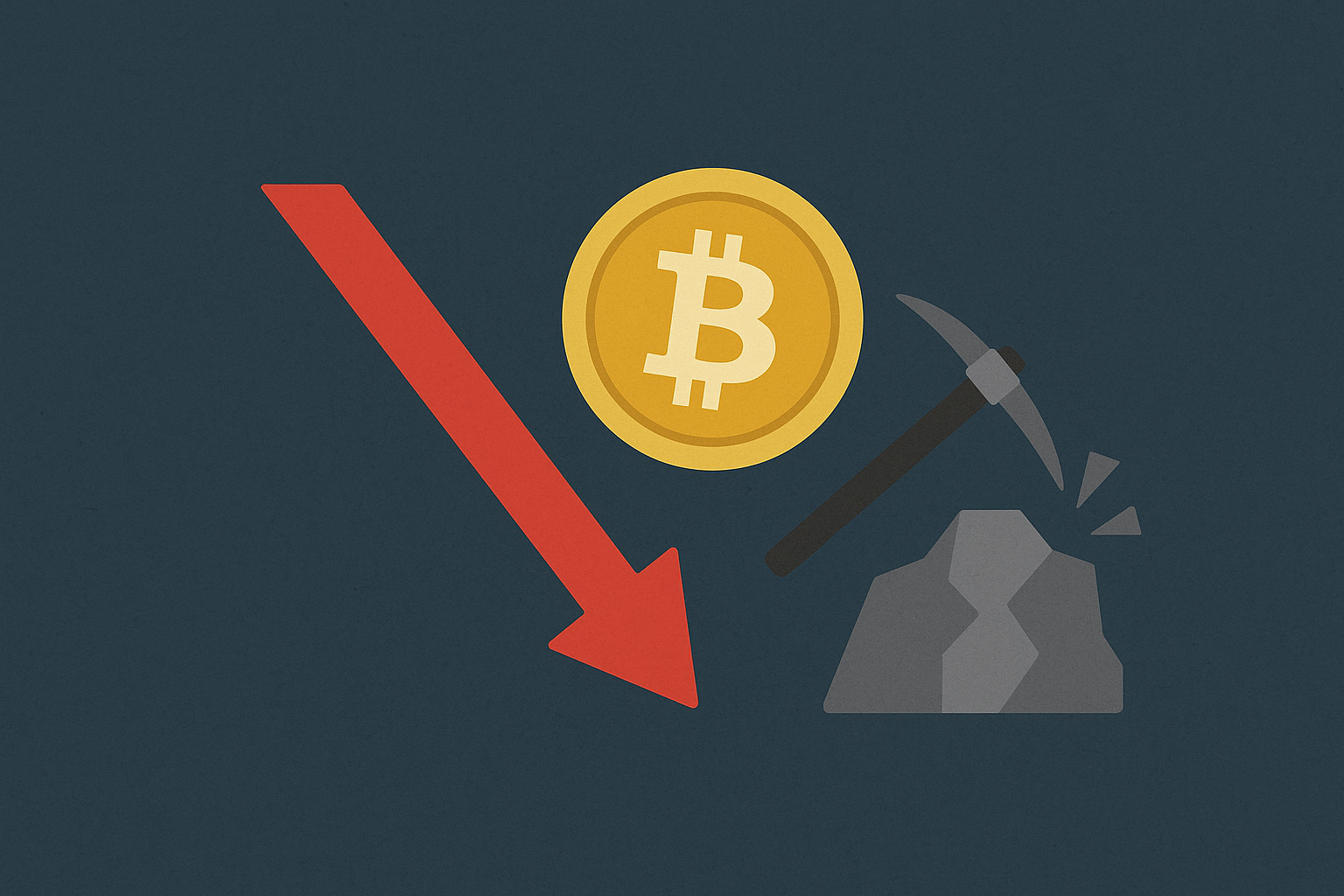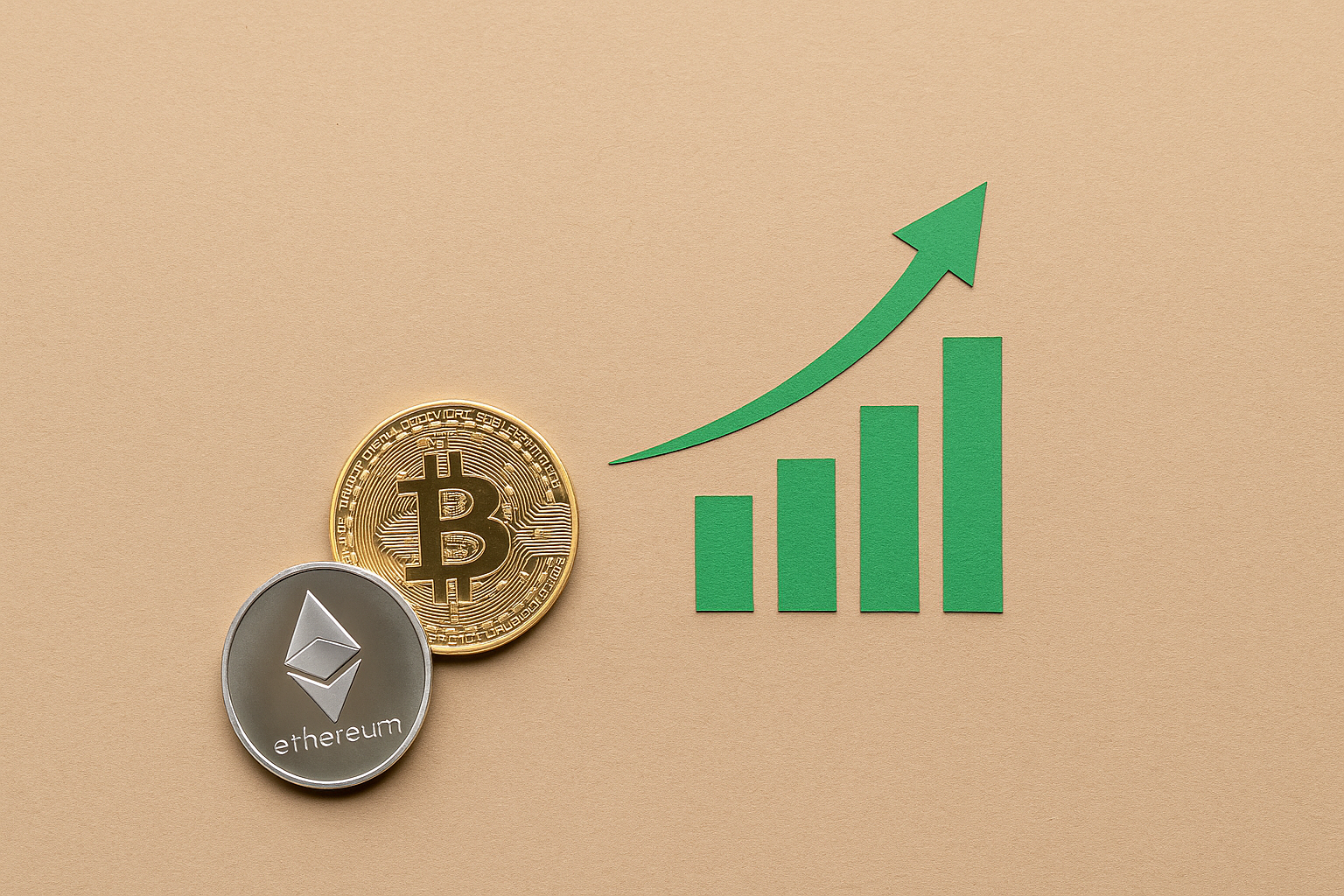Bitcoin
Bitcoin Rebounds After A Rosy Inflation Report – But There Are Storm Clouds On The Horizon

Introduction
Bitcoin has once again proven its resilience, bouncing back after a positive U.S. inflation report sparked renewed investor optimism. The leading cryptocurrency saw a surge in price, reflecting the market’s confidence in potential Federal Reserve policy shifts. However, while Bitcoin’s rebound has been welcomed by traders, analysts warn that economic uncertainties and regulatory challenges still loom over the crypto market. This article delves into the reasons behind Bitcoin’s recent price movements, the potential risks that could affect its future trajectory, and what investors should watch out for in the coming months.
Bitcoin’s Recent Price Surge – What Happened?
Bitcoin’s price experienced a notable rally after the release of the latest U.S. inflation report, which showed a slower-than-expected rise in consumer prices. This data led to increased speculation that the Federal Reserve might ease its aggressive interest rate hikes, making risk assets like Bitcoin more attractive to investors.
Following the report’s release, Bitcoin jumped by nearly 7%, crossing the $75,000 mark, reversing a short-term bearish trend. The price increase also triggered renewed buying interest among institutional and retail investors, signaling optimism in the crypto market.
Key Factors Behind Bitcoin’s Rally
Several factors contributed to Bitcoin’s recent recovery:
Lower Inflation Data
- The Consumer Price Index (CPI) report showed a decrease in inflationary pressures, fueling expectations that the Fed could slow down interest rate hikes.
- Lower inflation tends to be bullish for Bitcoin as it reduces concerns about restrictive monetary policies.
Institutional Buying
- Large financial institutions, including hedge funds and investment firms, increased their Bitcoin holdings in response to the CPI report.
- On-chain data indicated a spike in Bitcoin accumulation by whales, suggesting confidence in further price appreciation.
Market Sentiment Shift
- The crypto market had been in a consolidation phase before the inflation report, with Bitcoin struggling to maintain support levels.
- Positive economic data shifted investor sentiment, leading to higher buying pressure.
Potential Risks – Are Storm Clouds Forming?
Despite the short-term optimism, several factors could pose risks to Bitcoin’s bullish momentum. Market analysts caution that the current rally may face hurdles due to macroeconomic and industry-specific concerns.
Federal Reserve Uncertainty
While the recent inflation report suggests easing price pressures, the Federal Reserve has remained firm on maintaining a cautious stance. Fed Chair Jerome Powell has repeatedly emphasized the need for sustained progress before making policy adjustments.
If the central bank continues with its tight monetary policies, Bitcoin could face headwinds as investors rotate back into traditional assets like bonds and stocks.
Crypto Market Volatility
Bitcoin’s history is marked by significant price swings, and a sudden surge often precedes corrections. In previous cycles, similar rebounds have been followed by sharp downturns due to profit-taking and market overextension. Key concerns include:
- Potential for short-term sell-offs if traders lock in profits.
- High leverage positions in futures markets, which could trigger liquidations.
- Resistance at the $80,000 level, which may act as a psychological barrier.
Regulatory Challenges
Governments and financial regulators worldwide continue to scrutinize Bitcoin and the broader cryptocurrency industry. Recent discussions about new regulations on stablecoins, tax reporting, and exchange compliance have raised concerns among investors.
In the U.S., the Securities and Exchange Commission (SEC) has been actively targeting crypto firms, creating an atmosphere of uncertainty. Additionally, proposed restrictions in the European Union and Asia could impact global Bitcoin adoption.
How Institutional Investors Are Reacting?
Institutional interest in Bitcoin has remained strong, with major players increasing their exposure despite market volatility. Some of the key developments include:
Bitcoin ETFs Gain Traction: The recent approval of spot Bitcoin ETFs has attracted billions in inflows, providing a new on-ramp for institutional investors.
Corporate Bitcoin Holdings: Companies like MicroStrategy, Tesla, and Square continue to hold Bitcoin as a long-term asset, reinforcing its status as a store of value.
Hedge Fund Strategies: Many hedge funds are leveraging Bitcoin for diversification, recognizing its potential as a hedge against inflation and currency devaluation.
The Broader Crypto Market – Altcoins Follow Bitcoin’s Lead
Bitcoin’s rally has had a cascading effect on the broader cryptocurrency market, with major altcoins also witnessing significant gains. Ethereum, Solana, and BNB have all posted double-digit percentage increases in response to Bitcoin’s price surge.
However, the correlation between Bitcoin and altcoins remains strong, meaning that any reversal in Bitcoin’s trend could negatively impact the rest of the market.
What’s Next For Bitcoin?
Short-Term Outlook
In the short term, Bitcoin’s price action will likely be influenced by:
Federal Reserve policy updates – Any indication of rate cuts or pauses could fuel further rallies.
Technical resistance levels – The $80,000 threshold remains a key target; breaking it could push Bitcoin towards new all-time highs.
Market liquidity – High volatility is expected as institutional traders rebalance portfolios.
Long-Term Predictions
Despite the ongoing risks, long-term Bitcoin proponents remain optimistic about its trajectory. Analysts suggest that:
Adoption will continue to rise, with Bitcoin becoming an integral part of the global financial system.
Scarcity will drive demand, particularly with Bitcoin’s next halving event in 2028, reducing block rewards.
Macroeconomic shifts could favor Bitcoin if traditional assets underperform due to inflation or geopolitical instability.
Final Thoughts
Bitcoin’s rebound following the inflation report highlights its growing influence as a macroeconomic asset. While the short-term price action remains positive, market participants must remain cautious about potential risks, including Federal Reserve policies, volatility, and regulatory developments.
For long-term investors, Bitcoin continues to present an opportunity as a store of value and hedge against inflation. However, the road ahead remains uncertain, and staying informed about market trends will be crucial for making well-informed investment decisions.











